- Turnitin helps maintain the integrity of academic work by detecting potential plagiarism and encouraging students to produce original content.
- Provides high-quality feedback that can help develop students' original thinking skills and fits easily into teachers' existing workflows.
- Turnitin boasts the largest content database of scholarly content, student papers, and webpages, ensuring comprehensive coverage.
- Offers 24/7 tech support, curricular resources created by educators, and customized training and onboarding services to assist educators effectively.
- There can be instances where Turnitin flags content as plagiarized when it's not, leading to unnecessary concerns and additional work for educators.
- Turnitin primarily relies on text matching to detect potential plagiarism, which might miss out on more sophisticated forms of cheating like paraphrasing or contract cheating.
- AImReply Free AI Email Writer: Craft Powerful Emails in Seconds with AImReply
- Teacherspayteachers (TPT) Teacherspayteachers (TPT): Your Go-To Platform for Innovative Teaching Resources
- Dictation IO Can You Write Essays and Documents Using Just Your Voice?
- Creasquare AI Content Creation Platform: Design, Videos, Copywriting & More with Creasquare
- WordKraft Need to Boost Your Online Presence? How Can AI Assist?
- WriteSparkle WriteSparkle AI Review- Best Features and Overview
- Jasper Jasper AI Tool Review 2024- Write Every Kind of Content
- Textero Is Textero the Best AI Essay Writing Tool for Everyone?
- Copy.ai Copy.ai Review: Everything You Need to Know About This Writing Assistant
- Learnt Learnt AI Review- Create Courses and Projects Within Seconds!
- CrossPlag CEnsure Original Content for Better Google Rankings?
- Rytr Rytr Review 2024- Is the AI Writer From Ryter Any Good?
- Paper Digest Paper Digest: The AI-Powered Platform to Search, Review, and Rewrite Literature with No Hallucinations
- Academic Help Academic Help Learning Hub- Features, Overview and More
- Paperpal Enhance Your Academic Writing with Paperpal: Tenses, Paraphrasing, and More!
- Chappel AI Craft Compelling Content With Chappel AI: Images, Videos Articles, Chatbot and Codes!
- Grammar Quizzes How Can Online Grammar Quizzes Help You Master English Grammar?
- ChatGPT ChatGPT: Your AI Chat Partner – Talk, Ask, Create Anything in Human Language
- AI Chatting From Your Keywords, Crafts Stories with AI Chatting
- Typli.ai Typli.ai: Write High-Quality Content Faster – AI-Powered Assistant for Every Writer
Table of Contents
Plagiarism remains a pervasive issue in educational institutions worldwide. It undermines the integrity of academic work, diminishes the learning experience, and jeopardizes the credibility of educational institutions.
In the digital age, where vast amounts of information are readily accessible, educators face an uphill battle in identifying and combating plagiarism effectively.
However, Turnitin, a widely-used plagiarism detection tool, has emerged as a valuable ally in this fight. In this article, we will delve into the workings of Turnitin and explore how it aids educators in identifying plagiarism.
Understanding Plagiarism
Before we delve into the role of Turnitin, it's crucial to understand what plagiarism is and why it's a pressing concern in education.
Plagiarism is the act of using someone else's words, ideas, or work without proper attribution, presenting them as one's own. It can take various forms, including copying and pasting from online sources, paraphrasing without citation, and even submitting someone else's work as your own.
Plagiarism undermines the educational process by hindering students' intellectual growth, fostering dishonesty, and devaluing the hard work of others. For educators, detecting plagiarism can be a daunting task, especially when dealing with a large number of assignments. This is where Turnitin comes into play.
What is Turnitin?
Turnitin is an online platform and plagiarism detection software designed to assist educators in identifying instances of plagiarism in student work. Originally developed in 1998 by researchers at the University of California, Berkeley, Turnitin has become a cornerstone tool for institutions and educators in maintaining academic integrity.
The Turnitin platform offers a range of services, including plagiarism detection, feedback and grading tools, and support for the development of academic writing skills. While Turnitin is often associated with its plagiarism detection capabilities, it also serves as an educational tool, helping students improve their writing and citation skills.
Turnitin's Role in Promoting Academic Integrity
Turnitin provides educators with a suite of tools and technologies designed to detect and deter plagiarism, uphold academic integrity, streamline grading and feedback processes, and ultimately enhance student outcomes.
Let's explore how Turnitin achieves these objectives:
Advanced AI Writing Detection
A standout feature of Turnitin is its cutting-edge AI writing detection technology. This advanced system excels in differentiating between AI-generated and human-authored text, a crucial skill in the context of student writing. Leveraging sophisticated algorithms, Turnitin meticulously scrutinizes submitted papers, essays, and assignments to identify any traces of plagiarism.
The integration of AI lends Turnitin a unique edge, as it can discern the subtleties and nuances of human expression, thus offering a more precise analysis of the submitted work. This proficiency ensures that educators and institutions can rely on Turnitin not only to detect blatant instances of plagiarism but also to uncover more intricate attempts to deceive, ultimately upholding the highest standards of academic integrity.
Seamless Integration into Workflow
One of Turnitin's key strengths is its seamless integration into educators' existing workflows, guaranteeing a user-friendly and efficient experience. This integration is designed to be intuitive and straightforward, allowing educators to easily incorporate Turnitin into their grading and assessment processes without causing significant disruptions to their established routines.
By seamlessly fitting into their existing workflow, Turnitin becomes an invaluable tool that streamlines the plagiarism checking process. It automates many of the necessary steps, thereby reducing the administrative burden on educators. This efficient integration not only saves time but also enhances the overall educational experience, allowing educators to focus on teaching and fostering academic excellence while still upholding the highest standards of integrity.
Originality Checks
Turnitin's technology extends beyond traditional plagiarism detection. It excels in identifying a wide range of unoriginal work, offering a comprehensive solution for educators. These checks encompass various forms of academic dishonesty, ensuring a holistic assessment of the integrity of students' submissions.
Text Similarity: Turnitin's system scans submitted documents for similarities against its vast database, highlighting instances where the content closely resembles existing material.
Synonym Swapping: It can detect attempts to replace words with synonyms to evade plagiarism detection, showcasing its ability to catch even subtle forms of cheating.
Contract Cheating: Turnitin is adept at identifying instances where students may purchase or contract someone else to write their assignments, maintaining the integrity of academic evaluation.
AI Writing: The platform can distinguish between text generated by AI and that authored by humans, crucial in an age where AI-assisted writing tools are prevalent.
AI Paraphrasing: Turnitin's advanced algorithms can also identify instances where AI is used to paraphrase content, ensuring a thorough assessment of authenticity.
This comprehensive approach to originality checks empowers educators with a complete understanding of the integrity of their students' work. It goes beyond simple text matching, addressing the evolving landscape of academic dishonesty and supporting the maintenance of academic excellence and honesty.
Feedback and Grading Support
Turnitin's Feedback Studio empowers educators with efficient tools for grading and providing feedback on essays and writing assignments. By streamlining the feedback process and offering built-in grading rubrics, it saves educators time while ensuring consistency in evaluation.
Moreover, it fosters writing excellence among students by offering constructive criticism that helps them improve their skills. Additionally, Feedback Studio supports the promotion of academic integrity by facilitating discussions about plagiarism and proper citation, raising students' awareness of originality's importance.
The tool's flexibility allows educators to personalize feedback, creating a tailored learning experience that encourages growth. Overall, Feedback Studio enhances writing skills and reinforces the significance of academic integrity.
Prevention of Plagiarism
Beyond its detection capabilities, Turnitin plays a vital role in the prevention of plagiarism. The knowledge that their work will undergo rigorous scrutiny using Turnitin's technology acts as a powerful deterrent for students, reducing the likelihood of academic misconduct.
This preventive aspect of Turnitin contributes to the cultivation of a culture of academic honesty, fostering an environment where students are incentivized to create original work and uphold ethical standards.
Benefits of Turnitin for Educators
Now that we have a basic understanding of how Turnitin works, let's explore the benefits it offers to educators in identifying plagiarism:
Efficient Detection: Turnitin automates the process of plagiarism detection, significantly reducing the time and effort educators would otherwise spend manually checking student papers. This efficiency is particularly valuable when dealing with a large number of assignments.
Comprehensive Database: Turnitin's extensive database includes a wide range of sources, making it more likely to detect instances of plagiarism, even from sources that educators may not be familiar with.
Visual Representation: The Originality Report provides a visual representation of matched text, allowing educators to quickly identify the source and context of the similarities. This helps in making informed decisions about whether plagiarism has occurred.
Deterrent Effect: The knowledge that Turnitin is in use can act as a deterrent, discouraging students from attempting plagiarism in the first place. It promotes a culture of academic integrity within educational institutions.
Consistency and Fairness: Turnitin ensures that plagiarism detection is consistent and fair across all students. It eliminates biases and subjective judgments by providing objective similarity scores.
Educational Value: Turnitin is not just a plagiarism detection tool; it also offers valuable educational resources. It provides feedback on writing quality, helps students understand proper citation practices, and supports their development as responsible researchers and writers.
Streamlined Feedback: Turnitin streamlines the feedback process by allowing educators to leave comments directly on the submitted document. This enhances communication between educators and students and aids in the improvement of writing skills.
Challenges and Criticisms
While Turnitin offers numerous benefits, it is not without its challenges and criticisms:
False Positives: Turnitin may flag instances as plagiarism when there is no intentional misconduct. This can happen when common phrases or correctly cited material are identified as matches.
Interpretation Required: Educators must carefully interpret the results provided by Turnitin, as not all matches indicate plagiarism. Context is essential in distinguishing between legitimate use of sources and improper citation.
Cost: Implementing Turnitin may require financial resources for educational institutions, which can be a barrier for some schools and colleges.
Student Privacy Concerns: There have been concerns raised about the privacy of student data submitted to Turnitin, as it may be stored and potentially accessed by the platform.
Limited to Text-Based Content: Turnitin is primarily designed to detect textual plagiarism. It may not be as effective in identifying plagiarism in non-textual assignments, such as visual arts or music compositions.
Conclusion
In the pursuit of academic excellence and integrity, Turnitin stands as a valuable ally for educators and students alike.
By providing advanced AI writing detection, seamless integration into existing workflows, originality checks, and robust feedback and grading support, Turnitin helps maintain academic integrity and promotes the development of original thinking skills among students.







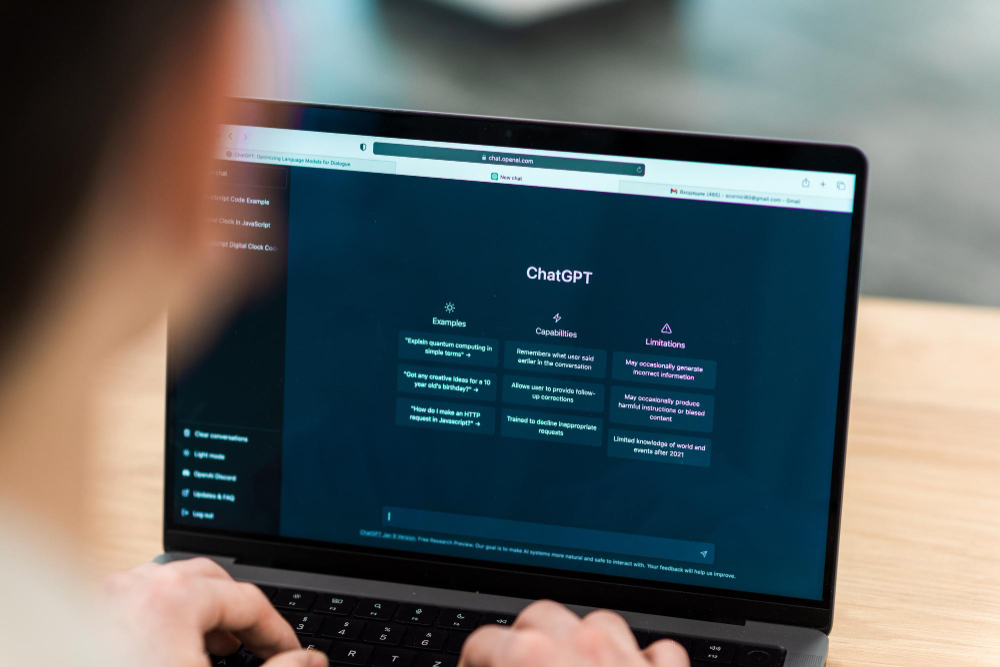









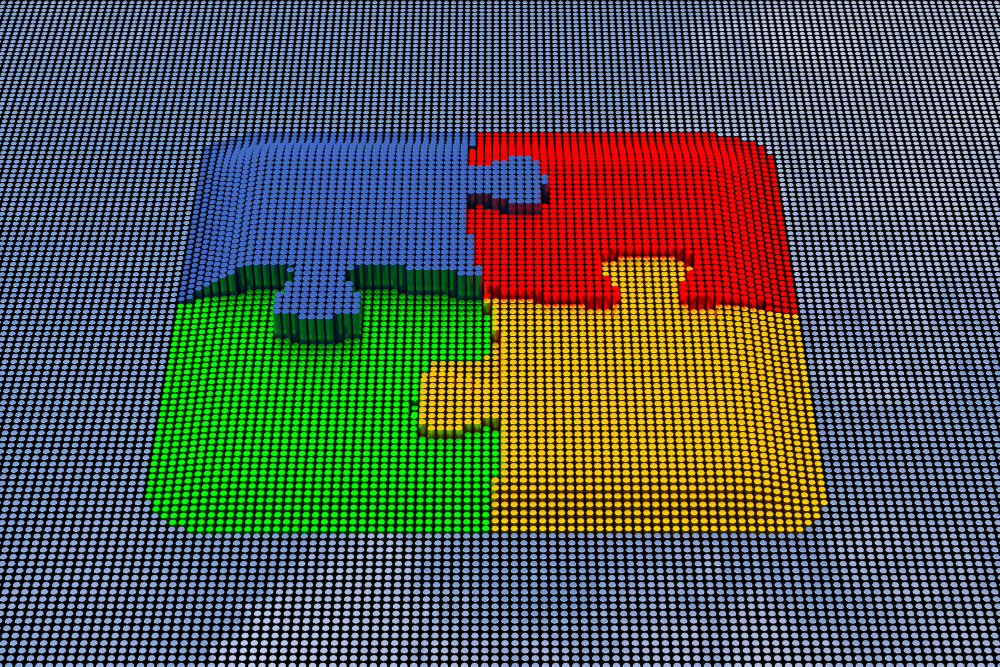







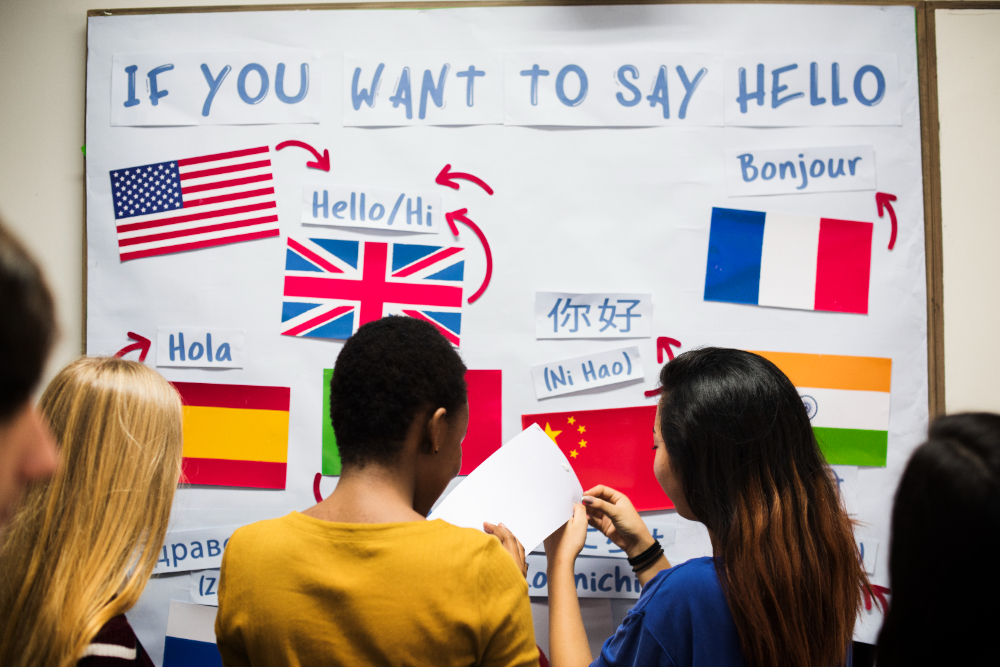

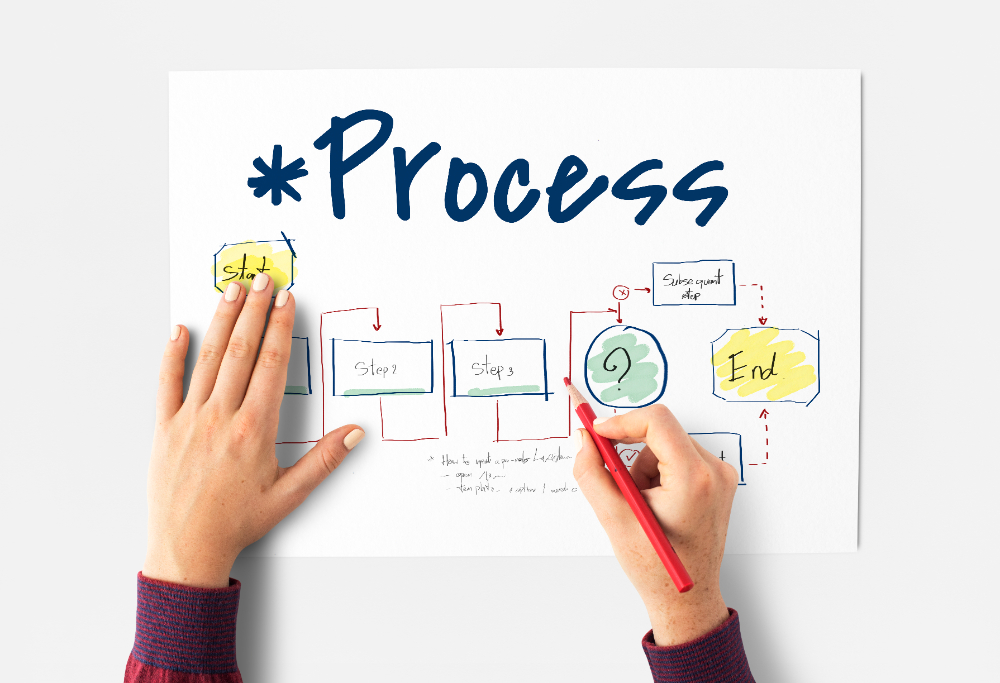



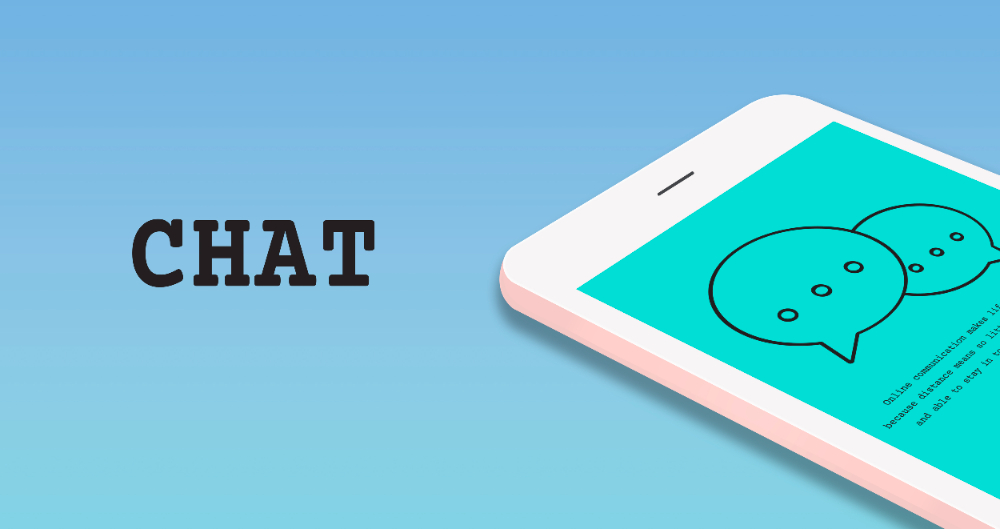

Comments are closed.